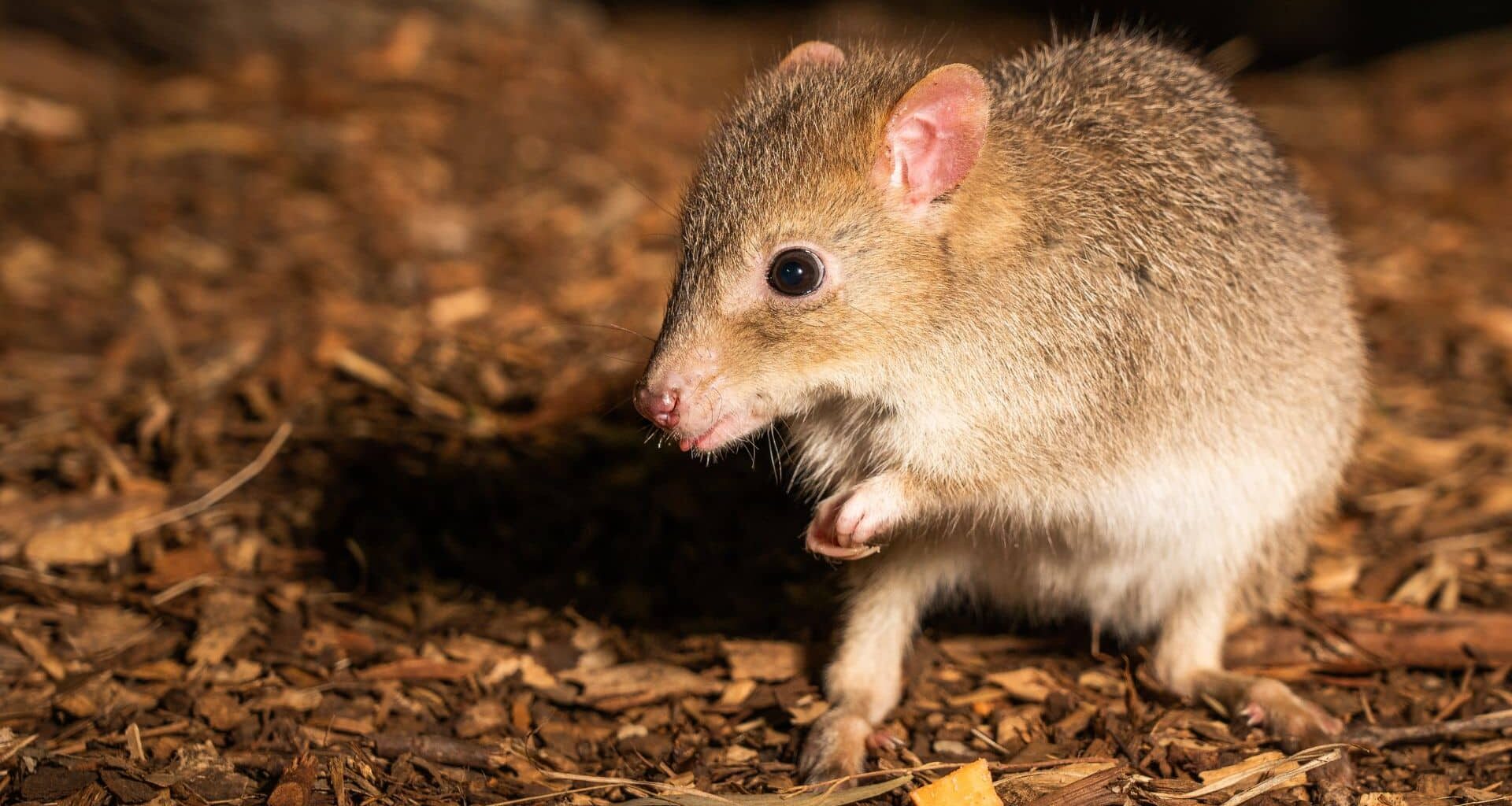Once wiped out from South Australia for over a century, bettongs—the curious, rabbit-sized marsupials often nicknamed rat-kangaroos—are making a quiet but unexpected return. Nearly forgotten from the mainland landscape, these creatures are more than just quirky survivors; they are underground engineers whose tiny paws once helped shape vast ecosystems.
Their sudden reappearance, after 120 years of absence, has raised new questions about what it takes to coexist with predators like foxes and feral cats. A recent study reported by Phys.org reveals how they’re managing to do just that—offering a glimpse into one of conservation’s most surprising comebacks.
A 120-Year Silence Ends: Bettongs Return To Yorke Peninsula
For over 120 years, bettongs had vanished from South Australia‘s Yorke Peninsula, victims of colonization, habitat loss, and the spread of invasive predators. Once the most common macropod on the continent, these 1–2 kg rat-kangaroos were everywhere—until they weren’t. Their disappearance wasn’t just symbolic; it had real consequences for ecosystems.
As natural diggers, bettongs aerate soil, disperse seeds and fungi, and keep native bushland healthy. When they were gone, so was that crucial role.
That’s why, between 2021 and 2023, researchers launched a bold experiment: they released 200 brush-tailed bettongs (Bettongia penicillata ogilbyi) back into the wild at Dhilba Guuranda-Innes. This was no fenced sanctuary—it was real bushland, home to the very predators that drove them out in the first place. The goal wasn’t just to see if they could survive, but if they could live and thrive among foxes and cats, with only moderate predator control in place.
A Tale Of Three Populations: Who Survives And Why
To test their resilience, scientists brought in bettongs from three distinct source populations, each with its own traits and backstory:
- Wedge Island (South Australia): In the early 1980s, just 11 individuals were introduced to this small offshore island. Without predators, the population exploded to several thousand. These bettongs are smaller and have little to no experience with threats like cats, foxes—or even cars.
- Tone-Perup Nature Reserve (Western Australia): These are bigger, faster animals drawn from both wild and fenced populations. Critically, they’ve faced off against predators in the past, giving them behavioral advantages in hostile environments.
- Dryandra Woodland National Park (Western Australia): Like Tone-Perup, these bettongs come from mixed backgrounds (wild and refuge). They’re also large and predator-experienced.
Each bettong was fitted with a radio collar, and researchers tracked their movements with ground towers and regular surveys. The findings? By December 2023, the population had grown from 200 to around 400 animals, with bettongs from every origin group still alive and successfully breeding.
As expected, Tone-Perup bettongs had the highest survival rates. Their size and predator-savviness gave them an edge. But surprisingly, the Wedge Island bettongs—despite being smaller and naive to predators—performed exceptionally well. Over time, they adapted. The timid or slow individuals were picked off early, but the faster, more cautious ones thrived.
Meanwhile, the Dryandra group struggled. Their survival rates lagged behind, which came as a surprise given their robust build and predator exposure. Researchers believe this may be due to release timing—they arrived later than the others, possibly encountering already-established territories and limited resources, leading them to be pushed to less favorable areas.
Can Bettongs Truly Thrive With Predators?
Watching endangered animals fall prey to foxes and cats is never easy. But the reality is that Australia is unlikely to ever be completely free of these invasive predators. That’s why the success of this program is so significant. It proves that, under the right conditions, bettongs can adapt to predator-rich environments.
What made this possible? Two main things: targeted predator control and the dense native vegetation of the Yorke Peninsula. Thickets and shrubs offer natural protection, making it harder for cats and foxes to hunt effectively. Bettongs, being low to the ground and quick-footed, can dart through underbrush more easily than their pursuers.

